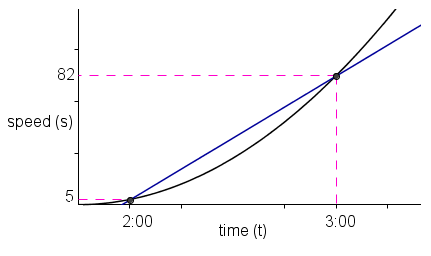Book Review: The Story of Mathematics
Three months ago, I came across with Anne Rooney’s book titled The Story of Mathematics: From Creating the Pyraminds to Exploring Infinity. The Story of Mathematics is a great book and a recommended read for students or even teachers who want to have an encompassing overview of the history of mathematics. The book discusses counting and measuring in the early times, ancient Egyptians and geometry, working out the movement of planets, algebra , solid geometry and the trigonometric tables, the first computers, impossible shapes and extra dimensions. It also accounts the emergence of statistics, and the development of chaos theory, fuzzy logic, and set theory.
The book focuses on the history and development of mathematics and there are only a very few ‘technical discussions’ involved, so even high school students would be able to read the book without much difficulty. The book is supplemented with beautiful illustrations which makes it more interesting.
I think The Story of Mathematics is a must-read book for high school mathematics students.

